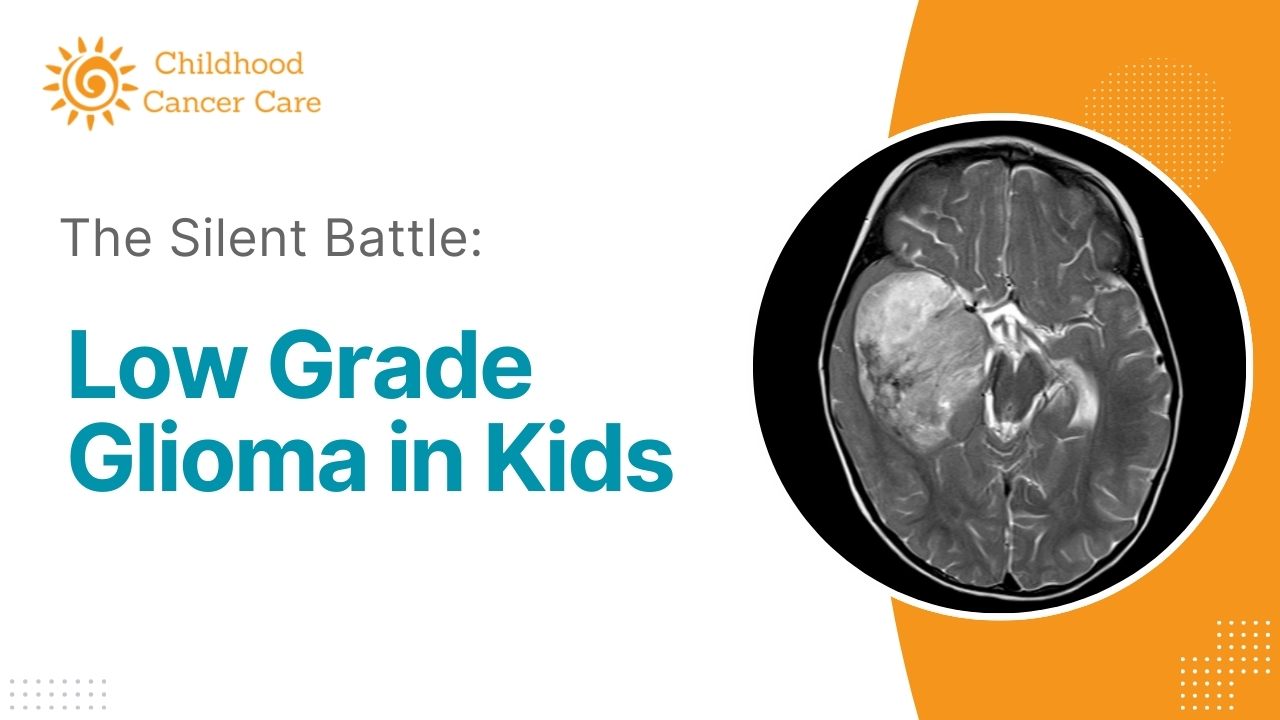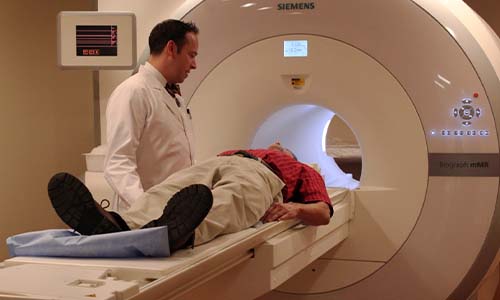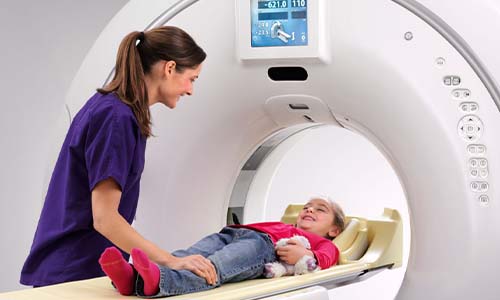The Silent Battle: Understanding Low Grade Glioma in Kids

Have you ever wondered what it's like to face an invisible enemy, one that silently disrupts the life of a child? Low grade glioma, a type of brain tumor, does just that.
It’s a challenge that many families face, yet it remains under the radar for most. How do you recognize it? What steps can you take to combat it? This article aims to shed light on these pressing questions, offering insight and hope to those in need.
What is Low Grade Glioma?
Low grade glioma is a type of brain tumor that originates from glial cells, which are the supportive cells in the brain. Unlike high grade gliomas, low grade gliomas grow slowly and are considered less aggressive. However, their presence can still lead to significant health issues in children, affecting their daily lives and overall well-being.

Types of Low Grade Gliomas
Recognizing the Signs and Symptoms
Identifying low grade glioma in its early stages can be challenging due to its subtle symptoms. Parents and caregivers should be aware of the following signs:
- Headaches:Persistent headaches, especially those that occur in the morning or at night.
- Nausea and Vomiting:Unexplained nausea and vomiting, often related to increased intracranial pressure.
- Vision Problems:Changes in vision, such as double vision or loss of peripheral vision.
- Behavioral Changes: Noticeable changes in behavior or personality, including increased irritability or lethargy.
- Seizures:New onset of seizures or changes in existing seizure patterns.
- Motor Skills:Difficulty with balance, coordination, or fine motor skills.
Long-term Management and Follow-up
The journey with low grade glioma doesn't end with initial treatment. Long-term follow-up care is essential to monitor for tumor recurrence and manage any late effects of treatment.

Regular Monitoring
Regular MRI scans and check-ups with the healthcare team are crucial for early detection of any changes. These follow-ups help in managing any ongoing symptoms or complications.

Rehabilitation Services
Depending on the tumor's location and the treatment received, some children may benefit from rehabilitation services, including physical therapy, occupational therapy, and speech therapy.
Diagnosis and Testing
Diagnosing low grade glioma involves a combination of clinical evaluation and diagnostic testing. Early and accurate diagnosis is crucial for effective treatment and management.



Treatment Options
The treatment of low grade glioma depends on several factors, including the tumor's size, location, and the child's overall health. The primary goal is to remove or control the tumor while minimizing side effects.

Surgical Intervention
Surgery is often the first line of treatment. The extent of surgical removal depends on the tumor's location and its accessibility. Complete resection is ideal, but in some cases, only partial removal is possible.

Radiation Therapy
Radiation therapy may be used to target and shrink the tumor, especially if it cannot be fully removed surgically. Advanced techniques, such as proton therapy, allow for more precise targeting of tumor cells, sparing healthy tissue.

Chemotherapy
Chemotherapy uses drugs to kill cancer cells or stop them from growing. It is often used in combination with other treatments, especially for tumors that are not easily accessible by surgery.
Coping with the Diagnosis
Receiving a diagnosis of low grade glioma can be overwhelming for families. However, there are strategies and resources available to help manage the emotional and practical challenges.



Conclusion: Finding Hope and Strength
- Facing low grade glioma in a child is a challenging journey, but with the right support and medical care, there is hope. Dr. Shweta Bansal, a renowned pediatric hematologist and oncologist in Mumbai, specializes in treating low grade glioma in children. With her extensive experience and compassionate approach, Dr. Bansal provides comprehensive care tailored to each child's needs.
- For families seeking expert consultation and treatment, contacting Dr. Shweta Bansal, a specialist in pediatric oncology with extensive experience diagnosing and treating low-grade glioma in Mumbai, can be the first step towards ensuring the best possible outcomes for their child. Remember, you are not alone, and expert help is available to guide you through this journey.
Copyright © Childhood Cancer Care | Dr. Shweta Bansal.